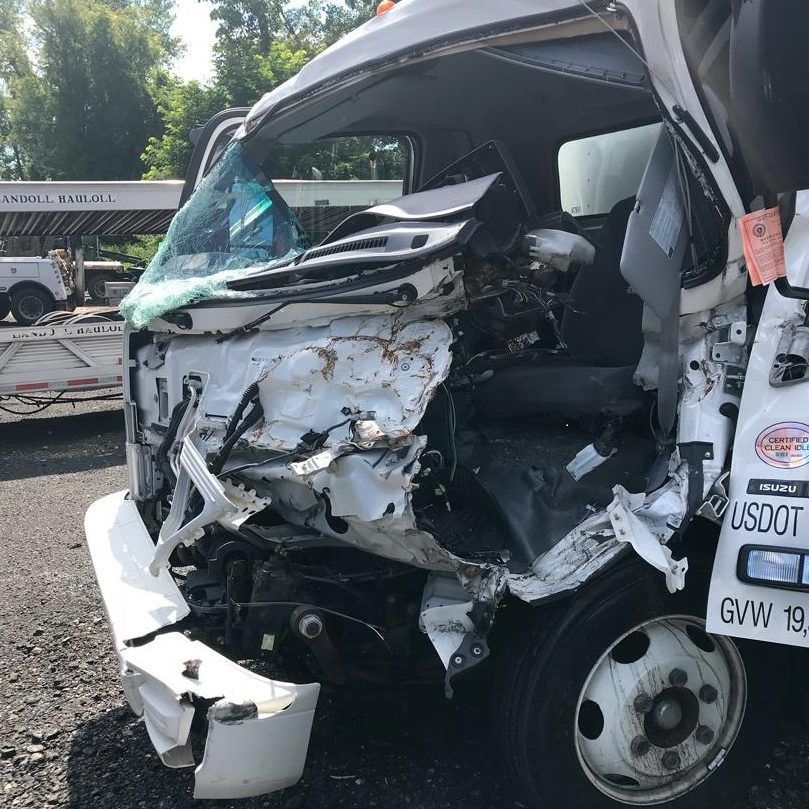Aircraft Defects & Crash Causes
With all of the media coverage on airplane disasters, it’s understandable that many people suffer from pteromerhanophobia, otherwise known as “fear of flying.” However, in 2017, the fatal accident rate for commercial passenger flights was only 0.06 per million flights, or one fatal accident for every 16 million flights. [1] That being said, 347 people died in 209 general aviation fatal crashes in 2017 and many more crashes resulted in injuries that year. General aviation is mostly comprised of private aircrafts carrying a small number of people. Accordingly, while rare, aviation accidents do happen and are often fatal. Aircraft defects and pilot errors are two of the many factors that can contribute to a rare and potentially fatal aviation accident.
When a perfectly functioning aircraft is piloted by a prudent, careful and skilled pilot crashes are essentially non-existent. Therefore, when an aircraft does crash, something – and often many things – went wrong. Instructor pilots and those investigating crashes often talk about a “chain of errors” resulting in a crash. This means that crashes often result from a trigger event that was improperly handled by the pilot and could lead to other failures within the aircraft. For example, France’s investigative body’s report essentially concluded that the aircraft crashed because ice crystals obstructed air flow through the aircraft’s “pitot tubes” which connected to the aircraft’s airspeed indicators which then disconnected the autopilot and to which the pilots failed to react appropriately. The size of the aircraft and the location of the crash made this investigation particularly difficult. Even a small four-place Cessna 172 crash involves a higher level of complexity and many more aspects of investigation than a simple car crash does. Sorting out the relative responsibility for these crashes is difficult and takes experienced investigators and skilled attorneys working together to ensure the individuals and companies that contributed to the cause of an aircraft crash are held accountable.
What is an Aircraft Defect?
Aircraft defects are not just a common cause of airplane crashes, they are often a contributing factor in near-miss incidents, runway accidents and in-flight injuries. A component on a plane may be unsafe by design or may not have been properly maintained and lead to a sudden failure that can injure or kill those onboard.
Common Causes of Aircraft Crashes
Types of Plane Defects
Defects can occur in a variety of aircraft systems; a few examples include:
- Control surfaces of the aircraft can become stuck preventing proper control of the aircraft;
- Hydraulic systems can fail preventing proper movement of the aircraft control systems and/or the landing gear;
- Fuel leaks can develop leading to unexpected reductions in the range of the aircraft and can lead to mid-air fires;
- Instrument failures can trick the unsuspecting pilot into believing the aircraft is behaving one way when in fact it is performing another;
- Failure of de-ice equipment;
- Pressurization failures in pressurized aircraft;
- Electrical failures can impact navigational systems and other aircraft controls; and
- Mechanical or electrical failures within the engine can cause an engine to unexpectedly lose power turning a single engine aircraft into a very heavy glider and creating a heavy and unexpected workload for a multi-engine pilot
Pilot Error
Pilot Error can take many forms; a few examples include:
- Improper flight planning;
- Improper “go/no go” decision;
- Flying into weather that either the aircraft or the pilot or both are unqualified to handle;
- Failing to appropriately respond to changes in flight conditions or controls; and
- Improper fuel management leading to fuel starvation of the engine
Past Aircraft Defect Accidents
US Airways Flight 427
On September 8, 1994, US Airways Flight 427 (pictured above), was traveling from Chicago to Pittsburgh and crashed while attempting to land at Pittsburgh International Airport. The airplane entered an uncontrolled descent and impacted terrain near Aliquippa, Pennsylvania, six miles northwest of the airport. All 132 people on board, two pilots, three flight attendants and 127 passengers, were killed. The aircraft was on final approach when it lost control due to an uncontrollable rudder deflection. This was the result of a design defect within the rudder power control unit. [2]
American Airlines Flight 587
Approximately two months after the September 11, 2001 terrorist attacks, American Airlines Flight 587 crashed into a residential area of Belle Harbor, New York, shortly after takeoff from John F. Kennedy International Airport in New York. The airplane’s vertical stabilizer and rudder separated in flight and were found in Jamaica Bay, about one mile north of the main wreckage site. The airplane’s engines separated in-flight and were found several blocks northeast of the main wreckage site. All 260 people aboard the airplane and 5 people on the ground were killed. The airplane was destroyed by impact forces and the post-crash fire. The NTSB determined that “the probable cause of this accident was the in-flight separation of the vertical stabilizer as a result of the loads beyond the ultimate design that were created by the first officer’s unnecessary and excessive rudder pedal inputs. Contributing to these rudder pedal inputs were characteristics of the Airbus A300-600 rudder system design and elements of the American Airlines Advanced Aircraft Maneuvering Program.” [3]
Contact the Plane Crash Lawyers at McCartney Stucky
Aircraft defect cases can take years to investigate and resolve given their complex nature. Please contact an experienced attorney as soon as possible if you or a loved one is involved in an aircraft accident. McCartney Stucky’s experienced attorneys can advise you on the steps to take to hold the responsible parties accountable for the damage they’ve caused. The team at McCartney Stucky has decades of litigation experience and can help you navigate the hurdles of litigating a complex and challenging aircraft defect claim. Additionally, McCartney Stucky partner Christopher Stucky is an instrument rated pilot and brings a unique perspective to investigating and prosecuting claims associated with aircraft crashes.
[1] https://www.reuters.com/article/us-aviation-safety/2017-safest-year-on-record-for-commercial-passenger-air-travel-groups-idUSKBN1EQ17L
[2] https://www.ntsb.gov/news/pressreleases/Pages/NTSB_Concludes_Longest_Investigation_in_History;_Finds_Rudder_Reversal_was_Likely_Cause_of_USAIR_Flight_427_A_Boeing_737_N.aspx
Photo by the U.S. federal government


